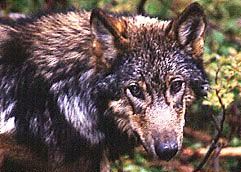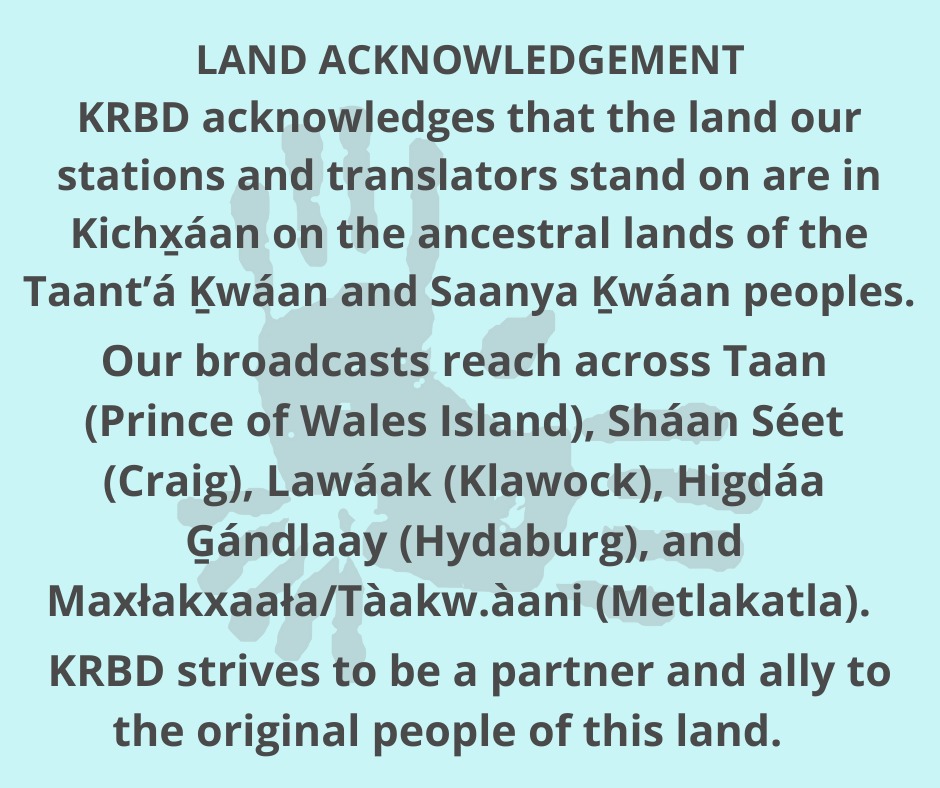An article published last month in the Journal of Heredity concludes that DNA evidence does not support listing Southeast Alaska wolves as a distinct sub-species for protection under the Endangered Species Act. However, others say the same research supports that distinction
The research was funded by the Alaska Department of Fish and Game and compared DNA of wolves, coyotes and dogs from Alaska and other parts of the U.S. and British Columbia.
Matthew Cronin is a professor with the University of Alaska Fairbanks school of natural resources and extension in Palmer and had co-authors on the study from the University of California Davis. Cronin says he found DNA differences between wolves of some of the islands and mainland areas of Southeast.
“There’s a lot of variation within Southeast,” he said. “For example, game management unit 1A, 1B, 1C and 1D as you go from south to north up the coast, are somewhat differentiated from one other, and they again are differentiated from game management unit 2 on Prince of Wales Island, and then north of Prince of Wales, GMU 3. They’re not differentiated in a very great extent, but at the level you’d expect of populations that might be isolated either by islands and mountains and so on.”
Cronin says as a whole, Southeast wolves are not a homogeneous group different from other wolf populations in British Columbia and interior Alaska.
“So what that means is that they don’t qualify as a group that would be termed a sub-species in some circles,” he said. “And that’s what’s being petitioned for endangered species listing, which is why it was of interest to Fish and Game and others.”
The Alaska Department of Fish and Game does not believe Southeast wolves warrant ESA listing, a designation that could restrict logging, mining and other proposed development in the region.
The Center for Biological Diversity and Greenpeace filed an endangered species petition in 2011 arguing that Southeast’s wolves are a distinct population because of their geographic isolation. The groups want protection for the wolves because of continued logging on the Tongass National Forest that is impacting habitat for wolves’ main prey, deer. In particular, they say the animals are in danger of extinction on Prince of Wales Island because of hunting, trapping and logging.
The petitioners look at Cronin’s research and other studies and come to the opposition conclusion. And that’s a viewpoint taken by others in the scientific community. Joe Cook is a professor of biology and director of the Museum of Southwestern Biology at the University of New Mexico at Albuquerque. He was at the University of Alaska in the 1990s and has studied animals in Southeast.
“I really have a hard time understanding what the (disjunction) is between his data, which clearly show that the Southeast Alaska wolf populations are distinctive from other wolf populations in North America, and then his conclusion that therefore they are not a subspecies,” he said. “I don’t get that connection. I would come to the opposition conclusion.”
Cook notes it’s not just Southeast wolves that show a genetic difference from other populations in North America, but other animals and plants as well. He thinks it’s interesting that Cronin found such differences between the wolves of the different islands and mainland of Southeast.
“Given the proposed habitat modifications, the old growth logging that is being proposed right now, this is a really critical time to understand what the impact might be,” he said. “But I can tell you the wolf, based on Matt’s own work, is distinctive and should be figured into any Forest Service decision with regard to, for example, logging on Prince of Wales Island.”
U.S. Fish and Wildlife Service spokeswoman Andrea Medeiros says the agency will consider the latest paper along with other information in Fish and Wildlife’s evaluation of the wolf’s status. The government has until the end of next year to complete a 12-month finding on the petition.









